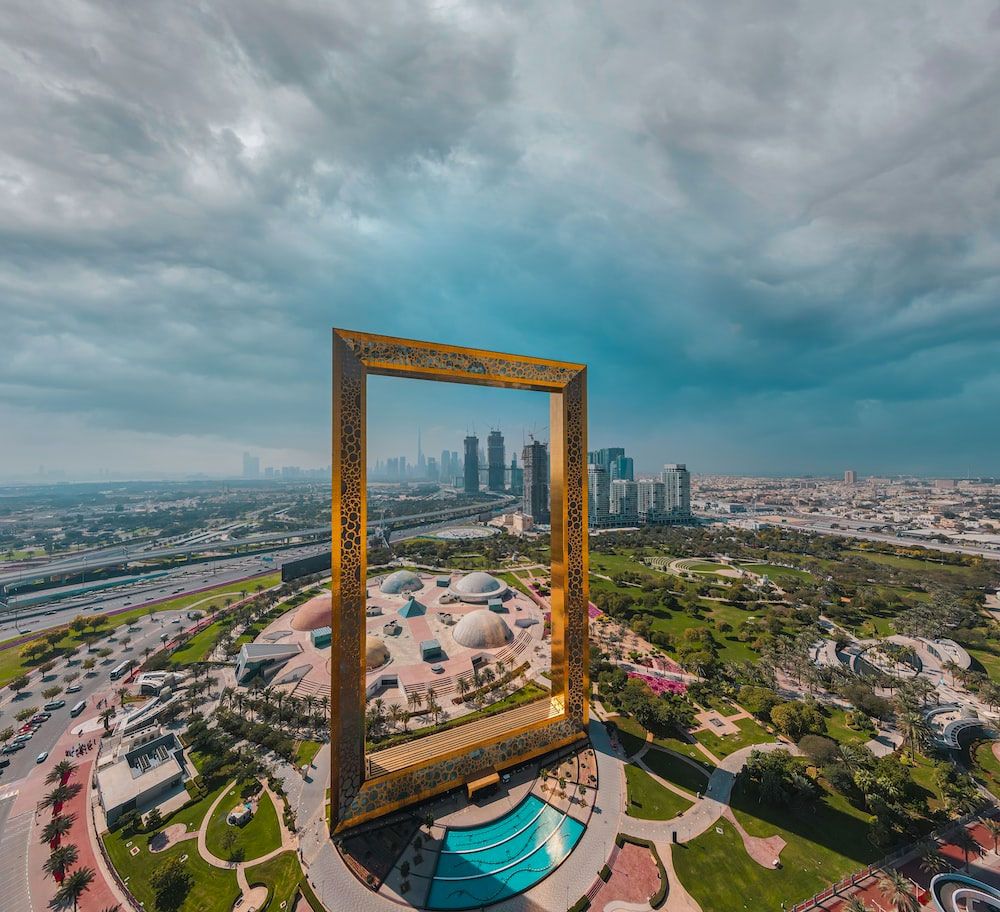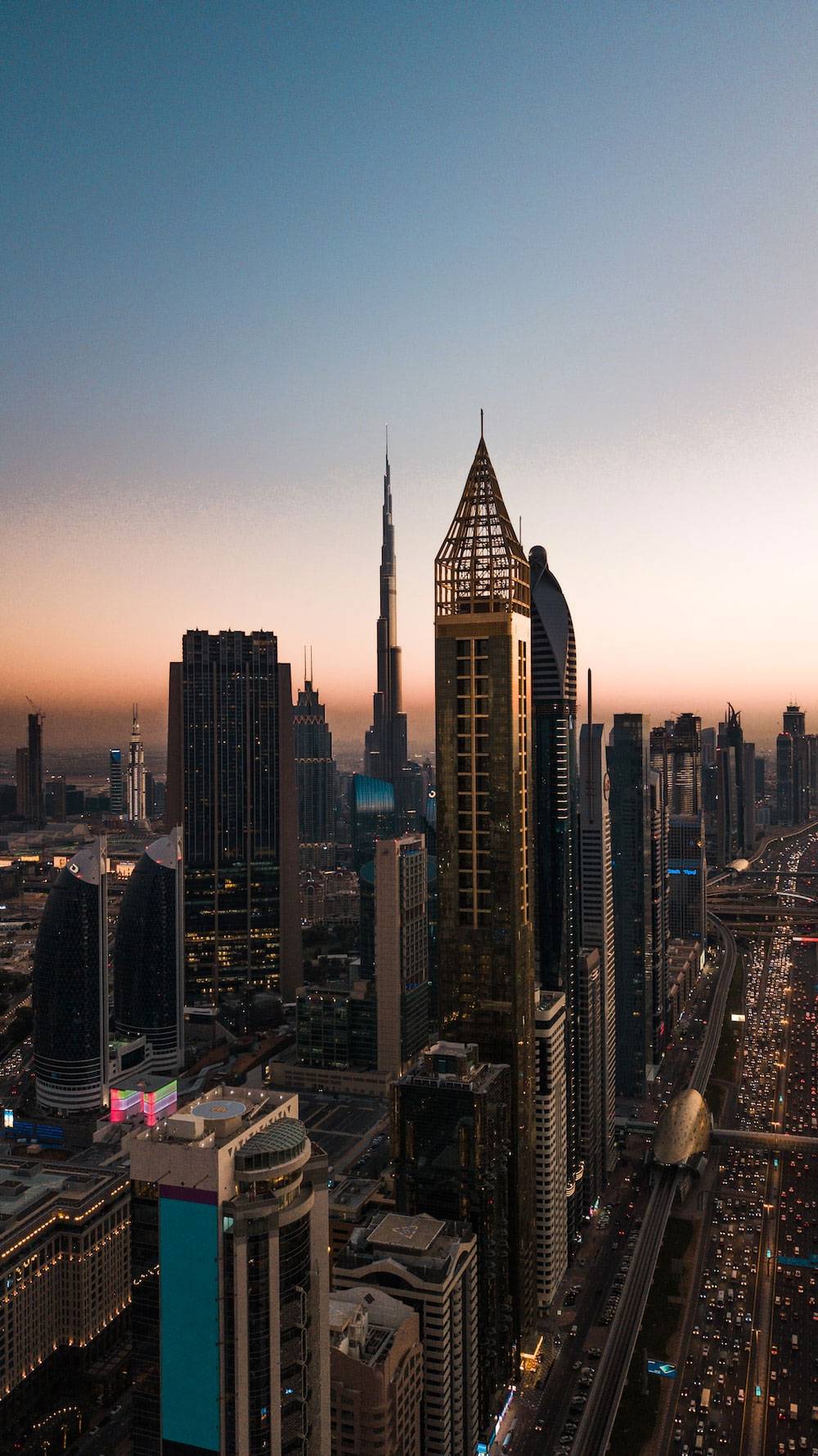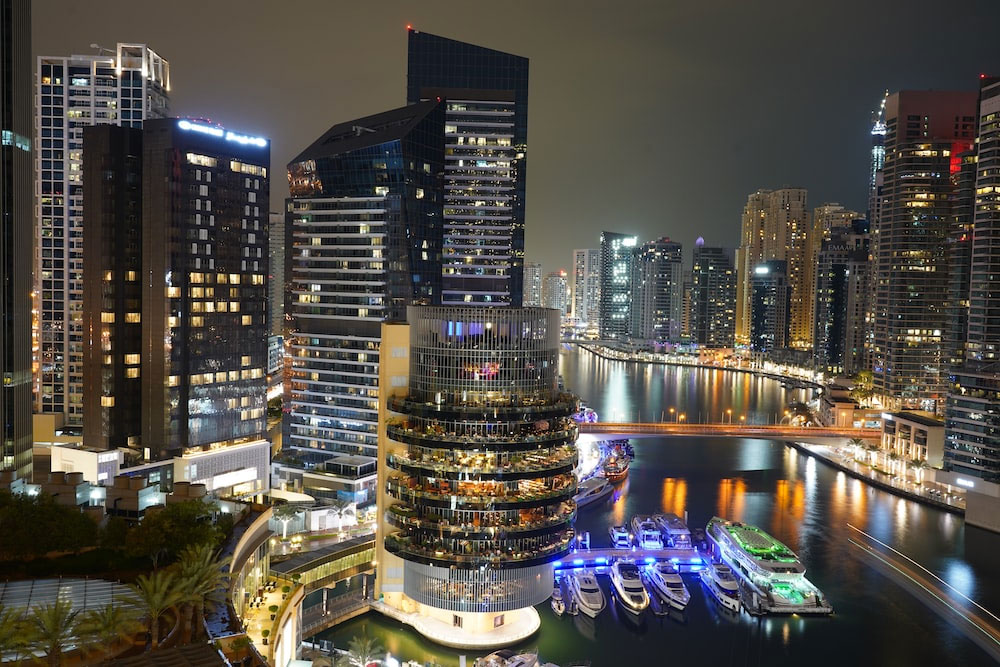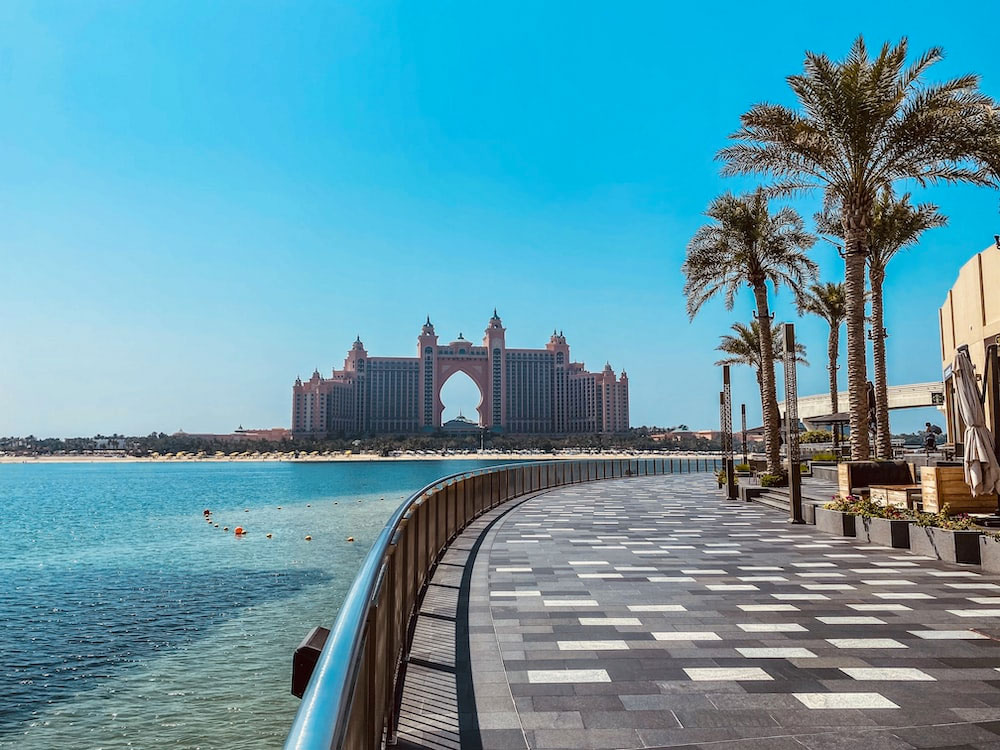
With evolution being inevitable, what Dubai has achieved over the years is commendable beyond words. To people who know Dubai for Dubai Mall, the world’s tallest building – Burj Khalifa, the Dubai Skyline now, must know that Dubai looked quite different decades ago. This feat achieved by UAE can be regarded as nothing less than a marvel. Now a tourist hub, the transformed Dubai has a lot to offer, being among the top destinations every travel enthusiast would want to visit.
Table of Contents
The Origins of Dubai
The history of Dubai can be traced back to the 18th century when it was known as a small fishing village. It wasn’t until the early 1900s that Dubai started to experience major growth, mainly due to its location on an important trade route between Europe and Asia.
The Emergence of Modern Dubai
In 1971, Sheikh Mohammed bin Rashid al Maktoum became ruler of Dubai and embarked on a journey to turn it into a global metropolis. He accomplished this by investing in tourism, construction, and transport infrastructure. As a result, Dubai experienced rapid economic growth, which transformed it into one of the most prosperous cities in the world. Today, it is home to some of the tallest buildings and largest shopping malls worldwide.

The Impact of Dubai’s Growth on Its People
As you can imagine, with such fast-paced development comes several challenges for those living in Dubai. One such challenge is finding adequate housing accommodation – as demand for homes continues to outstrip supply. Another challenge is finding employment opportunities that match their skillsets – with so much construction taking place, there are plenty of jobs, but not all require high levels of education or experience. Despite these challenges, however, most people living in Dubai are proud to call it their home and are optimistic about its future prospects
There are several significant changes that took place over the year in Dubai; some of these extraordinary highlights have been mentioned below:
Sheikh Zayed Road
Work on this enormous road, Sheikh Zayed Road – the longest road in UAE, started in 1971, and it took more than nine years to finish. Previously known as the Defense Road, this network of roads is now bordered by several significant structures and regions of Dubai, including the Emirates Towers, Palm Jumeirah, and Dubai Marina. Sheikh Zayed bin Sultan Al Nahyan, the former leader of the United Arab Emirates, was honored with a new road name.

Dubai Marina
A 3 kilometer section of the Persian Gulf coastline is home to the man-made city of Dubai Marina. It was built by pumping gulf water into Dubai Marina’s allocated location, which resulted in the creation of a man-made waterfront. The Jumeirah Beach Residence and Masjid Al Rahim mosque are two of its many prominent buildings. As the largest man-made marina in the world, Dubai Marina has significantly influenced Dubai’s past.
Construction on this well-liked area of Dubai began in 2000, and this skyscraper was among the first to merge into the recognizable Dubai Marina skyline. More than 200 towers may now be found throughout the area.

Dubai Waterfront
The world’s largest waterfront and man-made structure were anticipated to be an attractive addition to Dubai’s sceneries. In essence, the Dubai Waterfront proposal is a combination of waterways and an artificial archipelago. Due to the financial crisis that plagued Dubai at the time, the building of this 8-kilometer shoreline, which runs parallel to the Persian coastline, had to be halted midway. It had been started in February 2007. Without a doubt, the history of Dubai is vividly depicted along this shoreline.
Dubai Creek
The Dubai Creek, which separates the city into its two main districts, Deira and Bur Dubai, plays a significant role in Dubai’s history. The Bani Yas tribe, who were the first people to ever live in Dubai, were drawn here by this factor. They had established their civilisation in the nineteenth century close to the Bur Dubai Creek region, which gave origin to the Al Maktoum dynasty in the city.
The significance of the Dubai Creek can be traced to 1902, when His Highness Sheikh Maktoum bin Hasher, the ruler of Dubai, abolished all import customs duties, effectively establishing a free trade zone. As a result, Dubai became a significant trading hub, with much of the activity centered around the creek. Al Seef, which is a well-liked tourist site, but if you want to travel back in time, go to Deira by way of the conventional abra across Dubai Creek.
Dubai Airport
Sheikh Rashid bin Saeed al Maktoum, the country’s then-ruler, gave the order for the construction of the Dubai Airport in 1959. Its runway at the time was only 1,800 meters long and was made of compacted sand. A fire station and an asphalt runway were eventually constructed on the airport’s grounds, according to Dubai’s history. One of the busiest airports in the world today.
Palm Jumeirah
The Palm project started in June 2001; thus, this June in 2022, it will turn 21. Over 80,000 people live on The Palm, which is now home to a plethora of restaurants, luxury hotels, and tourist attractions. The View at The Palm, a 52-story-high observation deck that offers visitors a 360-degree view of Dubai, is the newest attraction to open on the Palm Jumeirah.

Atlantis the Palm
The Atlantis the Palm hotel opened its doors in 2008, just two years after building on the Palm Jumeirah began in 2006. The hotel was the first to open on the artificial island. In the ballroom-turned-art studio at Atlantis the Palm, the largest art canvas in the world was painted. British philanthropist and artist Sacha Jafri produced the 17,176.6 square foot piece over the course of 28 weeks from March to September 2020.
Downtown Dubai
The gigantic structures we see in Dubai now were being constructed in 2006 with the use of nearly a quarter of all cranes worldwide. The history of tourism in Dubai demonstrates that as soon as these imposing and glittering structures were operational, a steady stream of visitors began to enter the city. When the Burj Khalifa joined the party, Dubai gained notoriety for housing the world’s tallest man-made structure, attracting a massive influx of tourists from all over the world to behold this enormous beauty.
Dubai: A City of Transformations
Dubai is a city that has undergone many changes in recent years. From being a small fishing village to becoming one of the most modern and complete cities in the world, Dubai has definitely come a long way. The changes taking place in the trading port, the Almas tower, the main highway, defence road and even the desert are something beyond what we can imagine.
FAQ
Ans. Sheikh Zayed Road, the main thoroughfare connecting Dubai and Abu Dhabi, is the longest road in the Emirates.
Ans. The Jumeirah Beach Residence is located in Dubai Marina along with Masjid Al Rahim Mosque. They are two of its many prominent buildings.
